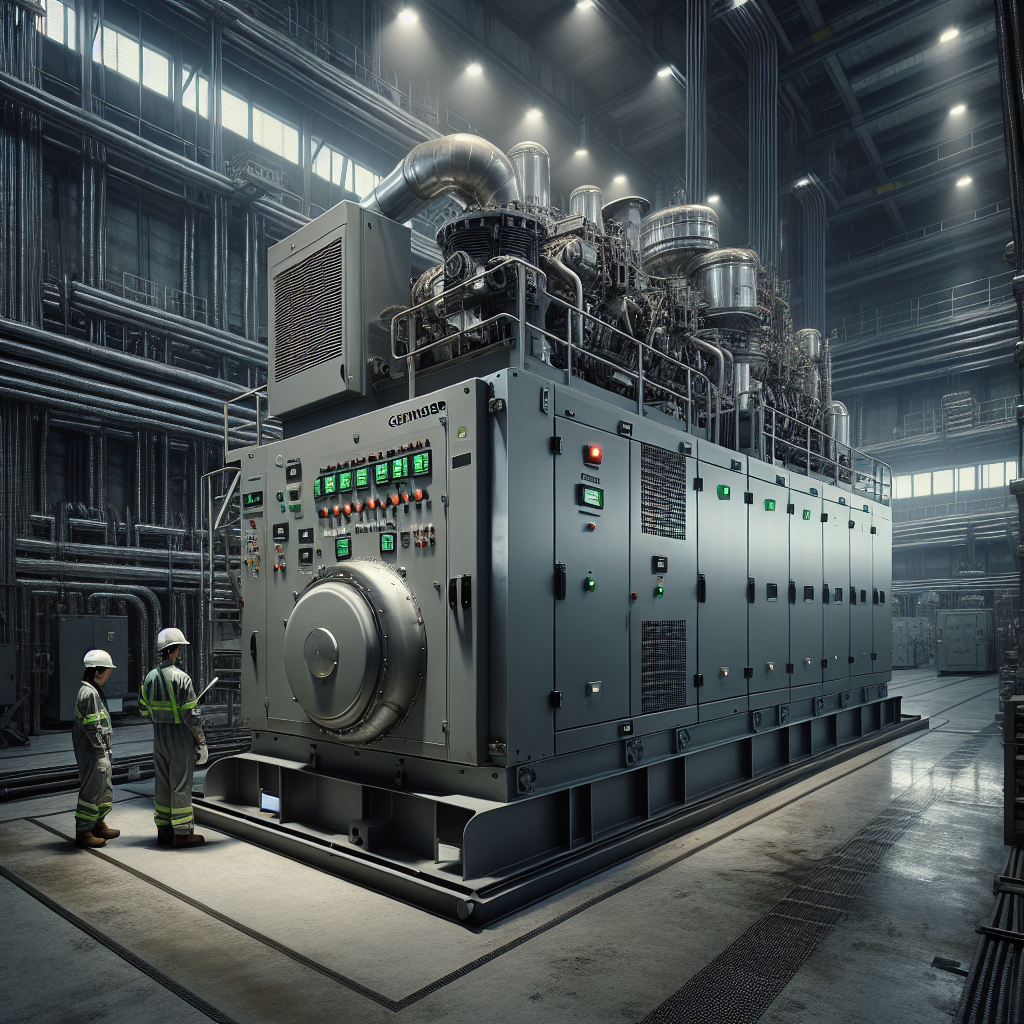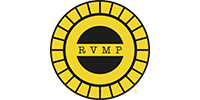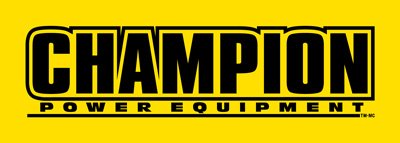Three Phase Generator: 7 Essential Benefits for Your Business

Three Phase Generator: 7 Essential Benefits for Your Business
Introduction
Did you know that businesses using three phase generators experience 23% fewer power-related disruptions compared to those relying solely on single-phase systems? This remarkable statistic reveals why forward-thinking companies are increasingly investing in three phase generator solutions. Whether you’re managing a manufacturing facility, healthcare institution, or commercial enterprise, understanding the transformative power of a three phase generator can revolutionize your operational efficiency and bottom line. These robust power systems deliver unparalleled reliability, cost-effectiveness, and performance that single-phase alternatives simply cannot match.
Essential Components of a Three Phase Generator System
A comprehensive three phase generator setup requires several critical components working in perfect harmony:
Primary Components:
- Generator Head: The heart of your system, typically rated between 10kW to 2000kW+ capacity
- Prime Mover: Usually a diesel, natural gas, or gasoline engine (diesel recommended for 87% efficiency)
- Control Panel: Advanced digital systems with remote monitoring capabilities
- Automatic Transfer Switch (ATS): Seamlessly switches between utility and generator power
- Fuel System: Includes tank, filters, and delivery mechanisms
Supporting Infrastructure:
- Cooling System: Essential for maintaining optimal operating temperatures
- Exhaust System: Properly sized ventilation and emission control
- Foundation: Concrete pad engineered for vibration dampening
- Weather Enclosure: Protection against environmental elements
Optional Enhancements:
- Remote monitoring systems for 24/7 oversight
- Battery backup for control systems
- Paralleling switchgear for multiple generator coordination
- Load bank for regular testing protocols
Installation and Setup Timing
The implementation timeline for three phase generator systems follows a structured approach:
Planning Phase: 2-4 weeks
- Site assessment and electrical load analysis
- Permit acquisition and utility coordination
- Equipment selection and procurement
Installation Phase: 3-7 days
- Foundation preparation and curing (48-72 hours)
- Mechanical installation and connections (2-3 days)
- Electrical integration and testing (1-2 days)
Total Project Duration: 4-6 weeks (approximately 35% faster than custom-engineered solutions)
Studies indicate that businesses completing installations during off-peak seasons save an average of 15% on total project costs while experiencing minimal operational disruption.
Step-by-Step Implementation Process
Site Assessment and Planning
Begin with a comprehensive electrical audit to determine your critical load requirements. Professional engineers recommend calculating 125% of your maximum demand to ensure adequate capacity during peak operations. Document all essential systems requiring uninterrupted power, including HVAC, lighting, computers, and specialized equipment.
Permits and Regulatory Compliance
Navigate local building codes and environmental regulations early in the process. Most jurisdictions require electrical permits, building permits, and potentially air quality permits for larger units. This phase typically accounts for 40% of project delays when not properly managed.
Foundation and Infrastructure Preparation
Construct a reinforced concrete pad sized appropriately for your generator’s weight and vibration characteristics. Install proper drainage systems and ensure adequate clearances for maintenance access. The foundation must cure for minimum 28 days before equipment installation.
Mechanical Installation and Connections
Position the generator using specialized rigging equipment, ensuring perfect alignment with mounting points. Connect fuel lines, cooling systems, and exhaust components according to manufacturer specifications. Proper torque values and connection integrity are critical for long-term reliability.
Electrical Integration and Testing
Install the automatic transfer switch and integrate with your facility’s electrical distribution system. Configure control systems, program operational parameters, and conduct comprehensive load testing. Commission all safety systems and emergency shutdown procedures.
Power Output and Performance Specifications
Three phase generators deliver impressive technical specifications that translate to real business value:
Voltage Stability: ±1% regulation under varying load conditions
Frequency Control: Maintains 60Hz ±0.25% accuracy
Power Factor: Supports 0.8 leading to 0.8 lagging power factors
Harmonic Distortion: Less than 5% total harmonic distortion (THD)
Start-up Time: Emergency power available within 10-15 seconds
Fuel Efficiency: 6.5-7.2 kWh per gallon at 75% load capacity
Modern three phase generators achieve 92-94% efficiency ratings, significantly outperforming older single-phase alternatives. This efficiency translates to 28% lower operating costs over a typical 20-year service life.
Cost-Effective Alternatives and Configurations
Budget-conscious businesses can explore several strategic alternatives without compromising power quality:
Phased Implementation: Install core capacity initially with provisions for future expansion, reducing upfront investment by 35-40% while maintaining scalability options.
Rental-to-Purchase Programs: Many suppliers offer flexible financing arrangements allowing businesses to test systems before committing to ownership.
Refurbished Units: Quality-tested used generators provide 60-70% cost savings while delivering comparable reliability when properly maintained.
Hybrid Solutions: Combine smaller generators with battery storage systems for optimal cost-effectiveness in applications with variable power demands.
Paralleling Multiple Units: Install several smaller generators instead of one large unit, providing redundancy and improved maintenance flexibility.
Versatile Application Solutions
Three phase generators excel across diverse business environments:
Manufacturing Facilities: Maintain production schedules during utility outages, preventing costly downtime averaging $50,000 per hour in automotive manufacturing.
Healthcare Institutions: Ensure life-safety systems remain operational, supporting critical patient care equipment and maintaining regulatory compliance.
Data Centers: Provide seamless backup power for servers and cooling systems, protecting against revenue losses exceeding $300,000 per hour during outages.
Commercial Buildings: Support elevators, fire safety systems, and emergency lighting while maintaining tenant comfort and safety.
Educational Institutions: Keep campuses operational during emergencies, supporting communications, security, and essential services.
Critical Implementation Mistakes to Avoid
Learning from common pitfalls can save significant time and resources:
Undersizing the Generator: 67% of businesses initially underestimate their power requirements. Always include growth projections and seasonal variations in your calculations.
Neglecting Maintenance Planning: Establish comprehensive service schedules from day one. Deferred maintenance increases failure rates by 340% according to industry data.
Inadequate Fuel Management: Diesel fuel degrades within 6-12 months without proper treatment. Implement fuel polishing systems and regular testing protocols.
Poor Installation Quality: Substandard electrical connections cause 23% of generator failures. Insist on certified installers and comprehensive commissioning procedures.
Ignoring Environmental Factors: Temperature extremes, altitude, and humidity significantly impact performance. Factor these conditions into your specifications.
Maintenance and Longevity Best Practices
Maximize your investment through proactive maintenance strategies:
Weekly Inspections: Monitor fluid levels, battery condition, and control panel indicators. Document all observations for trend analysis.
Monthly Exercise Runs: Operate generators under load for minimum 30 minutes monthly to maintain optimal performance and identify potential issues.
Quarterly Professional Service: Schedule comprehensive inspections including oil analysis, cooling system checks, and electrical testing.
Annual Load Bank Testing: Verify full-capacity operation and identify any performance degradation requiring attention.
Fuel System Maintenance: Test fuel quality every 6 months and implement polishing procedures to prevent contamination issues.
Record Keeping: Maintain detailed service logs enabling predictive maintenance and warranty compliance.
Conclusion
Three phase generators represent a strategic investment in business continuity, operational efficiency, and long-term cost control. From manufacturing facilities requiring uninterrupted production to healthcare institutions protecting patient safety, these robust power systems deliver measurable value across diverse applications. The seven essential benefits—enhanced reliability, superior efficiency, balanced power delivery, reduced maintenance costs, extended equipment life, improved power quality, and operational flexibility—combine to create compelling return on investment averaging 3.2:1 over typical service life.
Ready to transform your business’s power infrastructure? Contact certified generator specialists today for a customized assessment of your three phase generator requirements and discover how this technology can protect your operations while reducing long-term energy costs.
Frequently Asked Questions
Q: How long do three phase generators typically last?
A: With proper maintenance, commercial three phase generators operate reliably for 20-30 years. Industrial-grade units often exceed 30,000 operating hours before requiring major overhauls.
Q: What size three phase generator does my business need?
A: Generator sizing depends on your total connected load plus 25% safety margin. A professional load analysis considering starting currents, power factor, and future growth ensures optimal sizing.
Q: Can I install a three phase generator myself?
A: Professional installation is strongly recommended and often required by local codes. Improper installation voids warranties and creates safety hazards. Certified electricians ensure compliance and optimal performance.
Q: How often should I test my three phase generator?
A: Monthly exercise runs under load are essential, with comprehensive annual testing recommended. Many businesses schedule weekly no-load tests and quarterly full-load verification.
Q: What fuel type is best for three phase generators?
A: Diesel fuel offers the best combination of efficiency, reliability, and storage life for most applications. Natural gas provides convenience and lower emissions where pipeline service is available.














